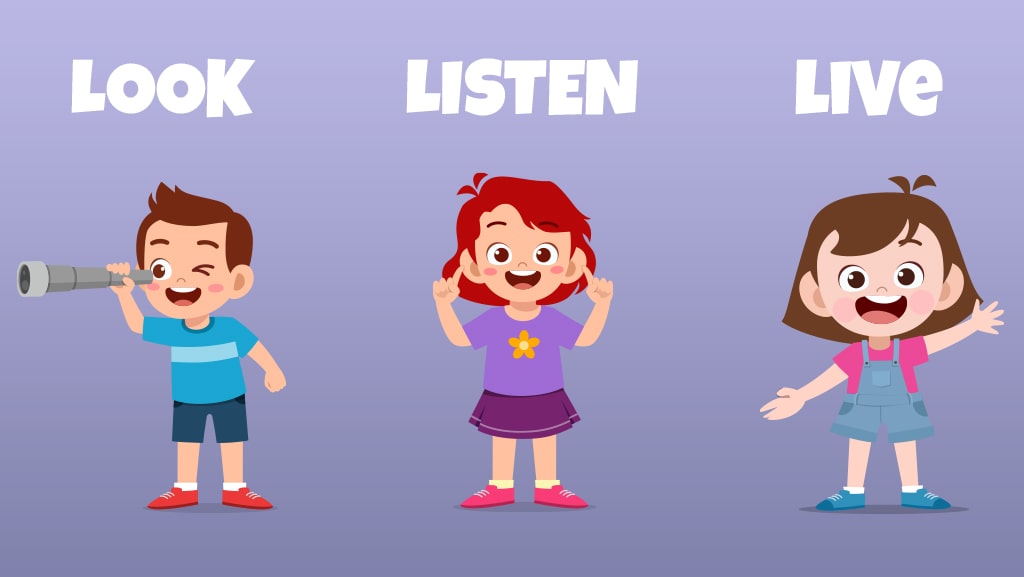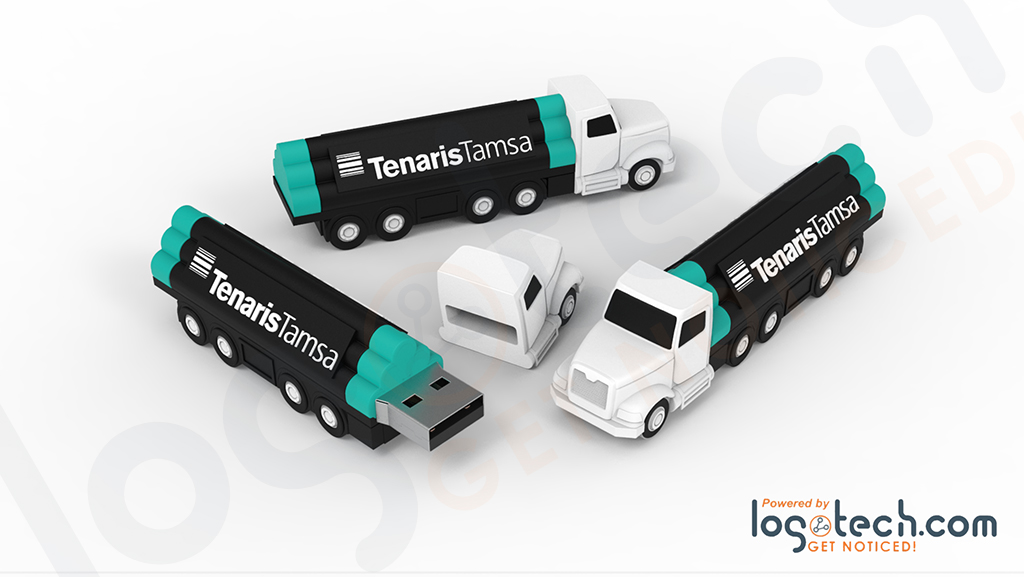
Using Comprehensive Awareness Campaigns for Railroad Safety
Engineering Safer Railways: The Power of Awareness Campaigns
The railroads crisscrossing our nation are a lifeline, connecting people, goods, and places. Millions of Americans rely on rail transport for various purposes, from daily commuting to freight transport. Yet, despite advancements in technology and infrastructure, railroads carry inherent risks, with accidents and incidents at railway crossings continuing to be a persistent concern. A proven, time-tested approach to mitigate these risks and promote safety is awareness campaigns. This article explores the idea of such campaigns, their vital components, and how they can enhance railroad safety nationwide.
The Urgent Need for Awareness Campaigns
Every year, the Federal Railroad Administration reports approximately 2,000 incidents at railroad crossings across the United States, leading to hundreds of injuries and numerous fatalities. Research indicates that many of these accidents can be attributed to human error and a lack of awareness about railroad safety! All too often, drivers and pedestrians misjudge the speed and distance of an approaching train, or they may disregard warning signals at crossings, leading to tragic outcomes.
These statistics show the need for awareness campaigns to boost understanding and encourage responsible behaviors at rail crossings. By informing and educating the public about the risks of railways and emphasizing the importance of safety guidelines, we can work towards curbing the number of accidents occurring each year.
Key Components of an Effective Awareness Campaign
An awareness campaign is not a random scattering of information but a well thought out strategy designed to inform and educate a specific group about a certain issue—in our case, railroad safety. Each campaign requires careful planning, execution, and monitoring to ensure its effectiveness.
Identifying the Target Audience
The first step in crafting an effective campaign is identifying and understanding the target audience. Potential audience groups for a railroad safety campaign include drivers, pedestrians, residents living near railroad crossings, and frequent rail passengers. Identifying the right audience allows us to tailor the campaign's message to resonate effectively and create a meaningful impact.
Crafting the Right Message
After identifying your audience, you must create a compelling safety message. This message has to underline the importance of railroad safety and highlight the consequences of disregarding safety measures. It's not just about providing information but about influencing behavior change towards safer practices.
Utilizing the Right Communication Channels
The success of an awareness campaign heavily relies on its ability to reach its target audience. Hence, selecting the right communication channels is critical. Depending on your target group, these channels could range from traditional outlets like television and radio to digital platforms such as social media, newsletters, and online forums. Community outreach events also offer direct engagement opportunities.
The Role of Promotional Products
In any awareness campaign, promotional products can be uniquely powerful. Items such as keychains, pamphlets, T-shirts, or flash drives with safety messages can be everyday reminders of safe practices around railroads. These tangible tokens constantly reinforce the campaign message, ensuring that it remains at the forefront of the audience's mind. At Logotech, we offer a wide range of promotional products for trains and railroads, a great way to spread the message of railroad safety.
Benefits of an Awareness Campaign for Railroad Safety
Awareness campaigns, when executed effectively, can bring about substantial change. They can lead to a marked decrease in railroad accidents by ensuring safety guidelines are understood, remembered, and adhered to. Such campaigns help to bridge the knowledge gap and correct common misconceptions about rail safety, preventing incidents resulting from misinformation or ignorance.
Additionally, these campaigns can foster community involvement and build public trust in railroad services. Knowledge is empowering, and when people are well-informed about safety procedures, they are more likely to comply, making rail travel safer for everyone. Community feedback can also help refine the campaign, ensuring its ongoing effectiveness.
In Conclusion
Comprehensive awareness campaigns are more than just information-spreading initiatives; they are potentially life-saving projects promoting safety and responsible behavior with railroads. Through education and engagement, these campaigns can significantly reduce the number of railroad accidents, making our railways safer for everyone who relies on them. It's crucial for everyone involved—from railroad operators and local communities to government agencies—to recognize the power of these initiatives and contribute to their successful implementation. The safety of our railroads is a collective responsibility, and there can be no compromise when it comes to protecting lives. These campaigns are a vital step towards creating safer railroads and rail crossings.
Frequently Asked Questions
Q: How are the effectiveness of awareness campaigns measured?
A: Metrics like reduced accident rates, public participation, and before-and-after surveys are commonly used.
Q: Are digital platforms used in awareness campaigns?
A: Yes, many campaigns utilize social media, websites, and mobile apps for broader outreach and engagement.
Q: How are campaign messages tailored for diverse audiences?
A: Campaigns often use language translation, cultural references, graphics, and region-specific data to resonate with various demographics.








